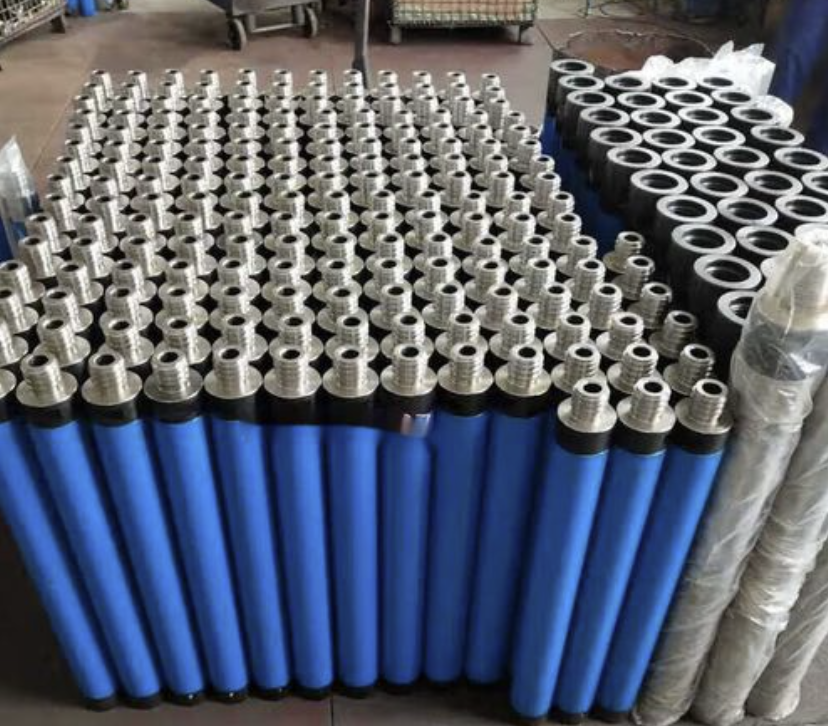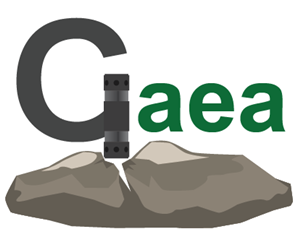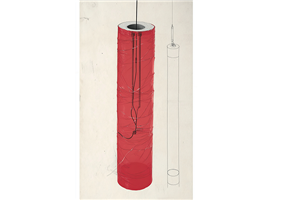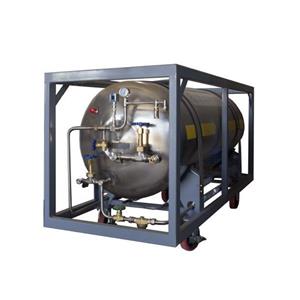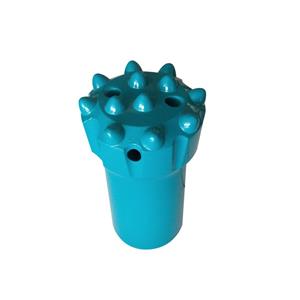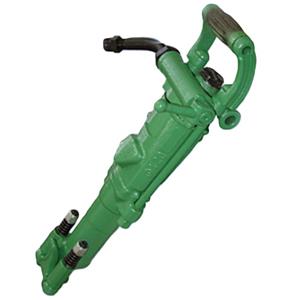Stop Buying DTH Hammers Blindly! Pick Hammers by These 4 Indicators to Double Efficiency and Avoid Losses
For people in the drilling-and-blasting business, choosing the right DTH hammer is like “finding money” — a high-performance hammer can let a crew drill hundreds more meters per shift, and a long-lasting one can push the cost per meter down to the minimum. Choose wrong, and you’ll either be chasing progress every day or losing money on frequent part replacements.
You don’t need to rely on “experience” or luck. To judge a DTH hammer’s real value, focus on four core indicators. Here’s the practical guide to help you avoid traps, choose correctly, and achieve both higher revenue and lower costs.
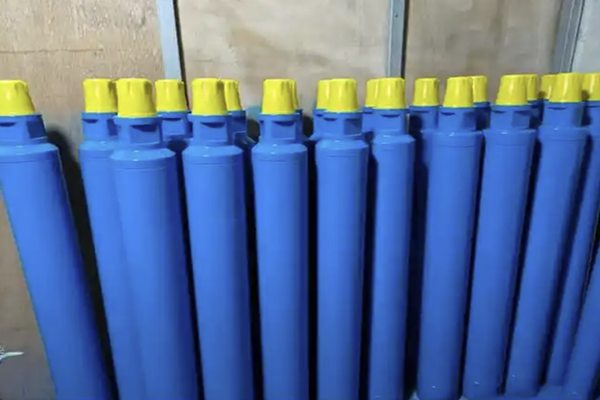
Core indicator: drilling speed = earning speed There’s a saying in the drill-blast circle: “Drill fast, earn fast.” Drilling speed is the hammer’s trump card — nothing beats it. The logic is simple: meters drilled per shift link directly to income. The same rig with a high-quality hammer might drill 300 m per shift, while with a mediocre hammer it might only do 200 m — that’s a 50% drop in daily revenue at a fixed price per meter. Don’t underestimate a 100 m difference — over time it compounds into a large revenue gap. For drill-blast crews, “more meters in the same time” is direct, measurable earning efficiency.
Key indicator: life measured by drilled meters — cost per meter is king Many people judge a hammer by its purchase price or how many days it lasts. That’s misleading. The real measure of life is cumulative meters drilled, because that determines your cost per meter. A clear example:
High-quality hammer: price 2,000 RMB, total drilled 10,000 m → cost per meter 0.20 RMB
Ordinary hammer: price 1,500 RMB, total drilled 4,000 m → cost per meter 0.375 RMB The high-quality hammer costs 500 RMB more up front, but the cost per meter drops by 46.7%. Over long projects, that difference saves a lot of money. So don’t fixate on purchase price — calculate cost per meter.
Hidden indicator: pressure retention = sustained efficiency Have you seen a new hammer drill great at first, then slow down after a few days? That usually comes from poor pressure retention. Pressure retention depends on the wear resistance of internal parts like the piston and valve assembly. These parts experience high-frequency friction during operation; if they wear quickly, seals leak and the hammer loses pressure, so speed declines. High-quality hammers keep pressure stable — internal parts wear slowly and seals hold up, so drilling speed stays consistent instead of “fast at first, then collapsing.” That stability keeps your jobsite productivity reliable.
Bottom-line indicator: low failure rate = less lost time and money Downtime is the enemy of drill-blast work: replacing parts takes time, rework costs money, and delayed progress is real financial loss. Failure risk concentrates in three key components:
Piston: if it breaks, replacement takes 1–2 hours and can wipe out 30–50% of a shift’s work.
Outer sleeve/casing: if it tears or wears, the bore will deviate and re-drilling wastes bits, rods, and time.
Front joint/sub: if the outer diameter wears, it will wobble; if the internal spline wears, it loses drive strength — either way the machine must stop for repair and you lose time and money. When choosing a hammer, prioritize the durability of these parts. Low failure rate keeps operations continuous and minimizes hidden costs.
Summary: don’t buy hammers by price or gut feeling alone. Look at drilling speed, life in meters (cost per meter), pressure retention, and reliability of the piston/sleeve/front joint. Get those four right and you’ll boost revenue and cut costs.
